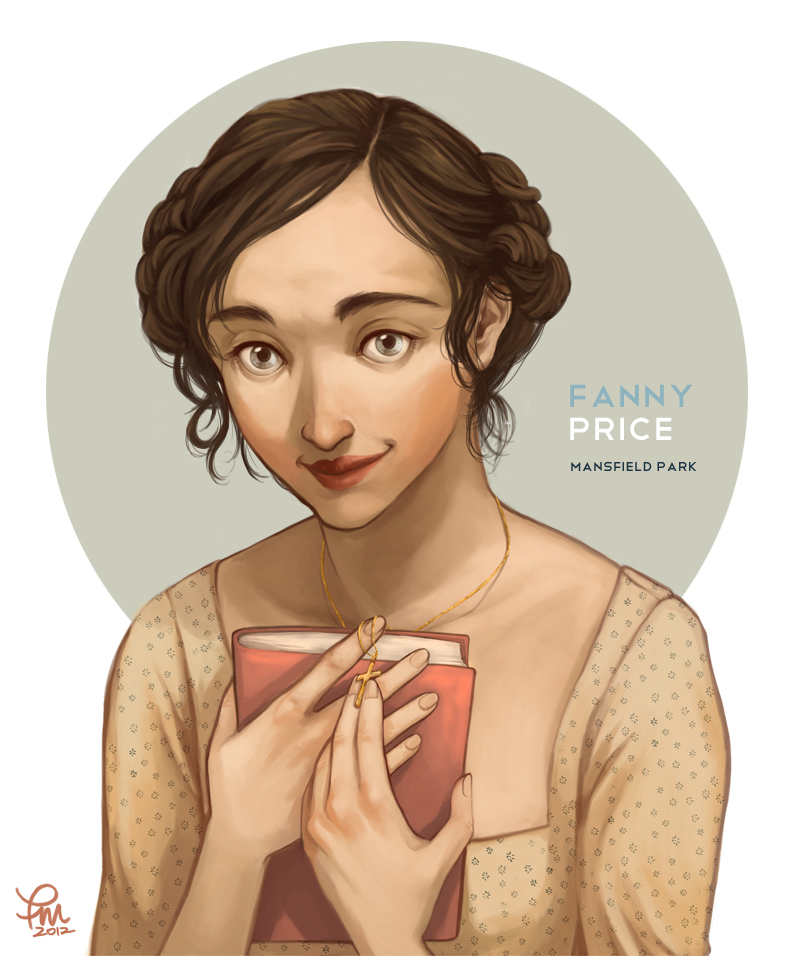I listened to this
novel in the excellent recording by Sean Barrett of the English translation by Philip
Gabriel. Kafka on
the Shore is a Bildungsroman. On his 15th
birthday our hero, who has renamed himself Kafka after the Czech writer (Kafka
means 'crow' in Czech), runs away from home where he has been living in
estrangement from his father and in the absence of his mother, who ran away
years before. Is there an instance in
Murakami of a father and son who get on? He is one of those Murakami young men who make
a virtue for the reader of not knowing what to do with themselves. He is also running from Œdipus’ curse delivered
as extended by his father: that he would sleep with his mother, sleep with his
sister, and kill his father. It is difficult to write about this novel without
injecting spoilers, but I think I can say that whether Kafka fulfills or avoids
his curse depends on what it means to say something really happens.
This novel is not speculative
fiction like Science Fiction, nor does it create a coherent alternate world
like fantasy, but there are unworldly departures from the commonplace.
It includes at
least two touching love stories, and a violent murder by a reluctant murderer.
This is a long
novel with several fully developed secondary characters. The most important is a man who as a child
was traumatized in a strange event during the second world war, which is
recounted in full, and involves something that suggest American bombing of
Japan and as well the sexual fantasies of his grade school teacher. The victim grows up in a sense retarded, but
able to talk with cats (Who can name a Murakami novel without a cat?) and his
special powers enable him to effect the denouement. Another important character is a transsexual
librarian who is a bit of an authority on everything and a mentor to the hero. Another is an uneducated truck driver who
befriends the cat whisperer, learns to like Beethoven, and is treated for his
good works to a hot prostitute who explains Hegel to him. His physical strength contributes to the denouement. So you see, there are many threads and arrangements
blended carefully into the conclusion.
A secondary
personage who has important role in the plot manifests as Colonel Sanders. He explains that he is neither a god nor a
Buddha nor a person. Really, he is a
sort of plot device, but utterly credible in another way, and teaches us something
about the issue of character-driven plots and vice versa.
During the course
of many trials and temptations, the hero spends some time in a distant forest
that suggests purgatory but also suggests the Western Paradise of Pure Land
Buddhism.
The hero has some remarkable
erections in unworldly circumstances. Can anyone name a Murakami novel without remarkable
erections?
I feel I am failing
utterly to give the tone of this novel. It must sound chaotic and self-conscious.
It is not. It is orderly and full of surprising but inevitable plot maneuvers.
It is serious, entertaining, and moving.
For me the key to apprehending reality in
unreality lay in the character and action of lady Rokujo in TheTale of Geji,
which the worldly-wise librarian is at pains to explain to the questing hero. Lady
Rokujo is one of Genji’s many lovers. The Buddhist psychology that underlines
Lady Murasaki’s characterization requires that each person have a ruling aspect,
and allows people to have spiritual extensions of themselves, like ghosts. But these extensions may manifest while the
person is alive. Lady Rokujo's ruling aspect is jealousy, and, without the
corporeal Lady Rokujo even knowing it, her spiritual extensions slowly kills a
competing lover.
It is in a world
that includes such kinds of reality that Kafka undergoes trials and temptations
and learns to be a person through many adventures both realistic and
remarkable.





